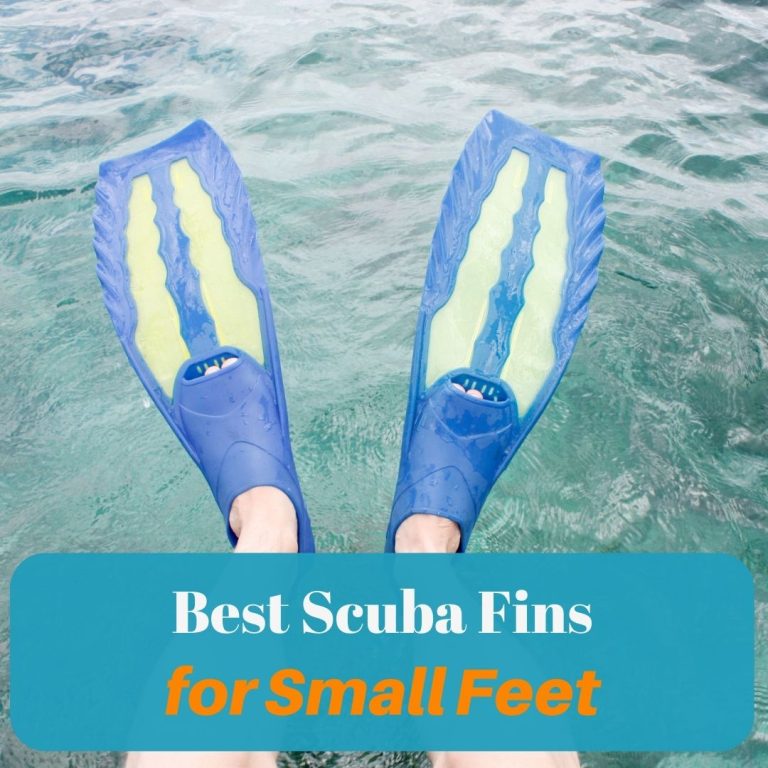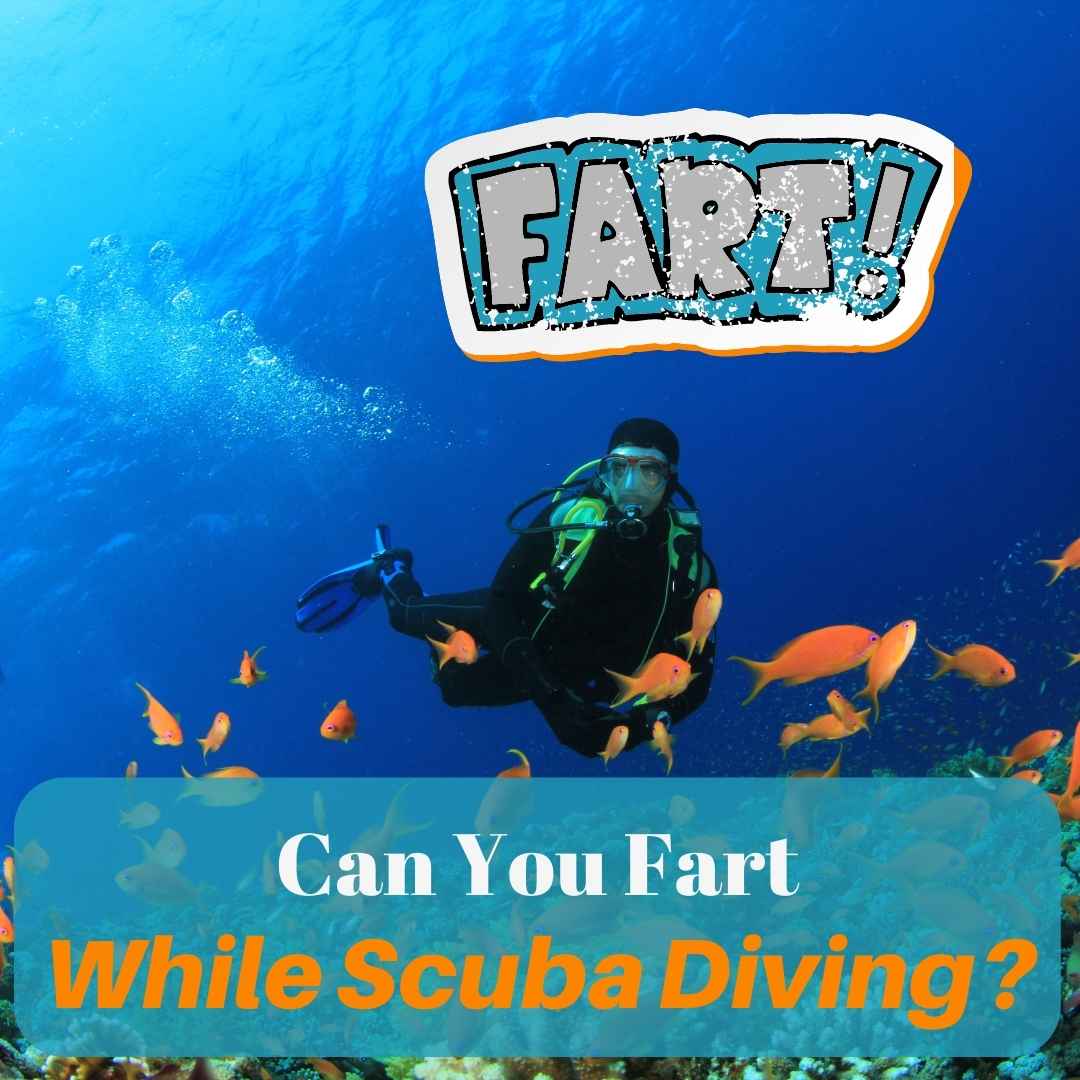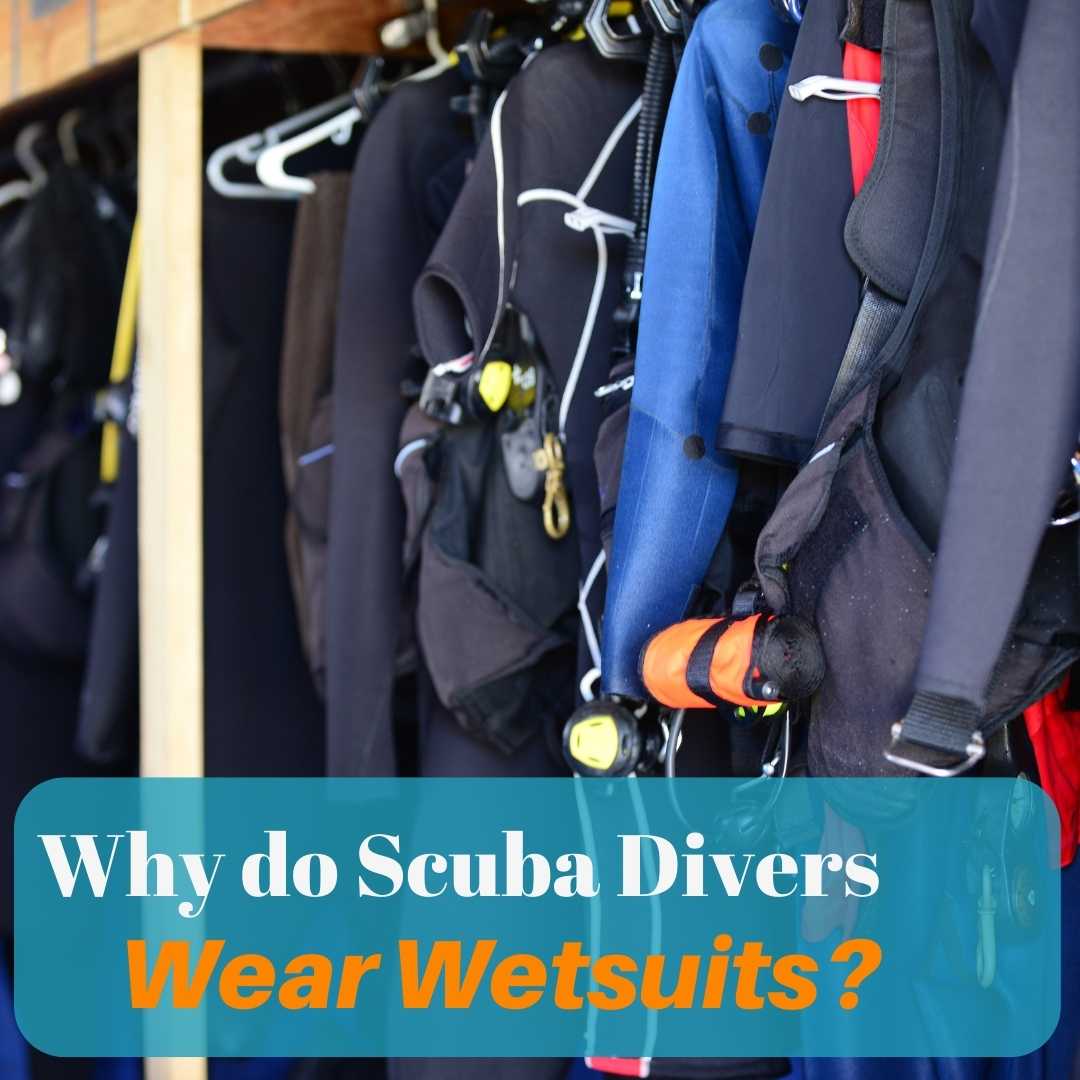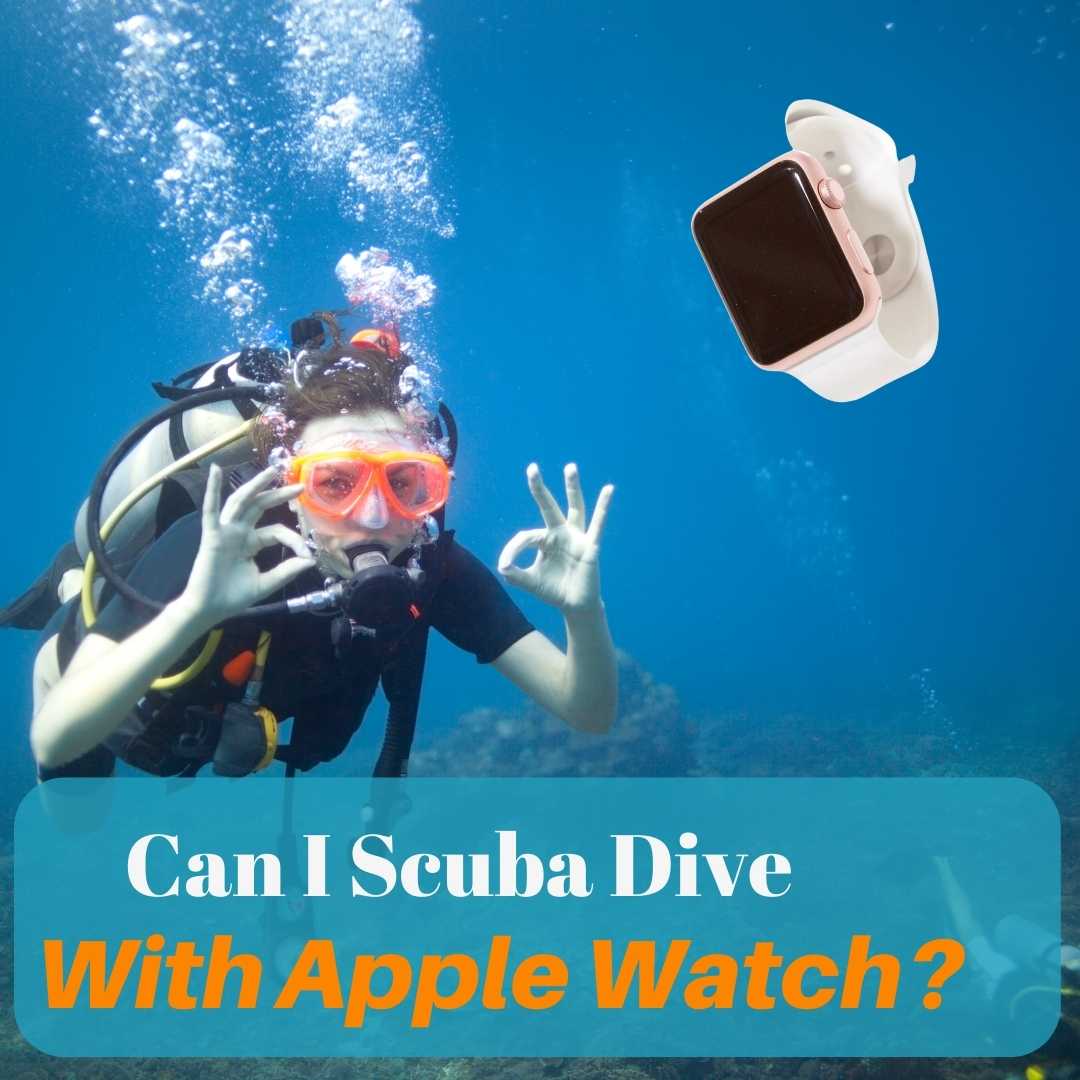Scuba diving is an exhilarating experience, offering a unique glimpse into the underwater world. However, it is essential for every diver to have the correct equipment to ensure both safety and enjoyment. For individuals with small feet, selecting the right scuba fins can be challenging, as the fit must be precise to prevent discomfort and to ensure efficient propulsion. The right pair of fins can make a significant difference in a diver’s experience underwater, reducing fatigue and enhancing mobility, which is especially important for those with smaller foot sizes.
Fortunately, manufacturers have recognized the need for a wider range of fin sizes, and many now offer models designed specifically for small feet. Fins like the Mares Avanti Excel and the Aqua Lung HotShot are designed with smaller foot pockets and adjustable straps to create a snug fit. The type of fin, whether full-foot or open-heel, as well as the blade design, whether paddle or channel, can also impact a diver’s choice. It’s important for divers to consider these factors, along with their specific diving conditions and preferences when selecting fins.
Table of Contents
Key Takeaways
- Choosing fins with the correct fit is crucial for divers with small feet to maximize comfort and efficiency.
- A variety of models, such as the Mares Avanti Excel, are available to accommodate smaller foot sizes.
- Factors like fin type and blade design influence a diver’s selection to suit individual needs and diving conditions.
Choosing the Right Scuba Fins for Small Feet

Selecting the appropriate scuba fins is crucial for divers with small feet to ensure comfort, efficiency, and safety underwater.
Factors to Consider
- Fit: A snug fit is essential without causing discomfort. A diver’s shoe size can guide the size of full-foot fins, while open-heel fins should have adjustable straps for a custom fit.
- Material: Lightweight materials such as carbon fiber offer ease of movement and can significantly improve the diving experience.
- Design: Fins should be designed to provide efficient propulsion. Some models are specifically tailored for maneuverability and reduced fatigue, beneficial for those with small feet.
Types of Fins for Small Feet
- Full-Foot Fins:
- For warm-water diving
- Often more affordable
- Require precise sizing
- Open-Heel Fins:
- Suitable for various water temperatures with neoprene booties
- Generally adjustable, accommodating a range of small foot sizes
- Typically offer more power and are preferred by many divers
| Brand | Model | Type | Size Range |
|---|---|---|---|
| Mares | Avanti Excel | Full-Foot | XS and up |
| Mares | X-Stream | Open-Heel | XS and up |
| Aqua Lung | HotShot | Adjustable | Small and up |
| Cressi | Pluma | Full-Foot | Various |
| Scubapro | Seawing Nova | Open-Heel | Adjustable |
By ensuring these points are considered, divers with small feet can find fins that suit their needs and enhance their underwater experience.
Top Rated Scuba Fins for Small Feet

Selecting the right scuba fins is crucial for divers with small feet, as the proper fit enhances both comfort and performance underwater. Here are top-rated options classified into high-performance and budget categories.
High-Performance Fins
Mares Avanti Quattro Plus: These fins are celebrated for their balance between power and efficiency. Equipped with Channel Thrust Technology, they are exemplary for their propulsion capabilities.
Aqua Lung HotShot: Compact and travel-friendly, these fins cater to smaller feet without compromising on thrust. They offer adjustability and can be used with or without neoprene socks.
Budget-Friendly Options
- Cressi Pluma: These full foot fins are an excellent choice for divers prioritizing functionality without a hefty price tag.
- Scubapro Seawing Nova Open Heel Fins: They stand out for their unique design, enabling divers to enjoy an agile and flexible experience at a reasonable cost.
Maintenance and Care for Scuba Fins

Maintaining scuba fins ensures longevity and performance. Proper care includes regular cleaning post-use and safe storage practices.
Proper Cleaning
After each dive, fins should be rinsed thoroughly in fresh water to remove salt, chlorine, and other residues. If fins have any moving parts, such as strap adjusters or spring heels, these should be operated under water to flush out debris and prevent salt crystallization. Divers should allow their fins to air dry completely but avoid direct sunlight which can degrade the material.
Storage Tips
Fins should be stored flat, preferably in a cool, dry place to prevent warping or deforming the blade shape. Hanging fins vertically, especially by the straps, can cause unnecessary stress and potential deformation. Moreover, fins should not be stored under heavy objects, as prolonged pressure can also misshape them.
Size and Fit Guide
Finding the right size and fit for scuba fins is crucial, especially for individuals with small feet. Properly sized fins ensure comfort, efficient propulsion, and prevent injuries.
Measuring Your Feet
Firstly, one must accurately measure their foot length. It’s necessary to stand on a piece of paper, trace the outline of the foot, and measure from the heel to the longest toe. Scuba diving fins are typically sized by the length of the sole, however, widths are also an important consideration. Here is a simple table for foot measuring guidelines:
| Foot Length (Inches) | Fin Size (US) |
|---|---|
| up to 9 | 5-6 |
| 9.1 to 9.5 | 6-7 |
| 9.6 to 10 | 7-8 |
| 10.1 to 10.5 | 8-9 |
| 10.6 to 11 | 9-10 |
Ensuring a Comfortable Fit
A comfortable fit is essential for full-foot fins. They should feel snug without causing tightness or excess pressure. It is acceptable for toes to slightly protrude past the fin’s foot pocket if it does not cause discomfort. For open-heel fins, there is more leniency in fit since the straps are adjustable. Heavier booties might be required for a secure fit in some fins. When assessing fit, make sure the fins do not slip off easily, nor restrict circulation.
Frequently Asked Questions
This section addresses common queries about selecting scuba fins for individuals with small feet, focusing on features, performance, beginner options, travel advantages, fitting, and professional preferences.
What features should I look for in scuba fins when I have small feet?
Divers with small feet should seek fins that provide a snug fit and avoid slippage, such as adjustable straps or bungee closures. Lightweight materials and a design that promotes efficient kicking, like shorter blades, also ensure comfort and reduce fatigue.
How does fin size affect performance in strong currents?
Larger fins can offer more power and propulsion in strong currents. However, they require more leg strength and can lead to fatigue. Small-footed divers should choose fins that balance maneuverability with enough surface area to maintain control in differing water conditions.
What are the best scuba fins for beginners with smaller feet?
Beginners with small feet may benefit from full-foot fins like the Cressi Pluma, which are known for their comfort and ease of use. Fins with an open heel design and adjustable straps can also accommodate varying foot sizes and provide a good starting point for new divers.
What are the advantages of travel scuba fins for divers with small feet?
Travel scuba fins are usually lighter and shorter, making them easier to pack. They are ideal for divers with small feet as they require less space in luggage and are often designed to fit more snugly, considering the compact and efficient form factor.
How can you determine the correct fit for diving fins?
To determine the correct fit for diving fins, measure the length and width of the feet and consult the manufacturer’s size chart. The fins should feel snug without pinching or causing discomfort, allowing for some flexibility while accommodating a neoprene sock or boot if necessary.
Which types of fins are preferred by professionals for efficient diving?
Professionals often prefer open-heel fins with adjustable straps for a customized fit and increased power. Models like the Scubapro Seawing Nova are favored for their advanced design features that enhance thrust and reduce effort during long dives.




